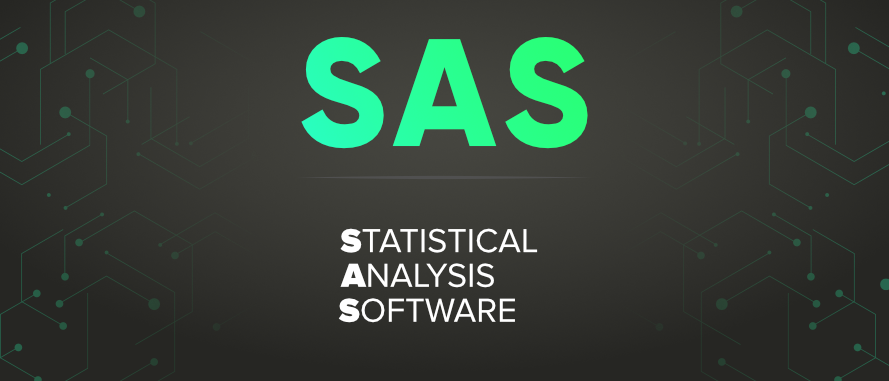Description
Introduction
SAS (Statistical Analysis System) is a powerful software suite used for advanced analytics, business intelligence, data management, and predictive analytics. It offers robust tools for data analysis and reporting, enabling organizations to derive insights and make data-driven decisions. This SAS for Data Analysis &Reporting course is designed to provide participants with a solid foundation in using SAS for efficient data analysis and creating professional reports.
Prerequisites
- Basic understanding of data and statistics.
- Familiarity with programming concepts (optional but beneficial).
- No prior experience with SAS is required.
Table of Contents
1. Introduction to SAS
1.1 Overview of SAS Software
1.2 Benefits and Applications of SAS in Various Industries
1.3 SAS Components and Architecture
1.4 Installation and Setup
1.5 Introduction to the SAS Environment
2. Data Management and Preparation
2.1 Understanding Data Types in SAS
2.2 Importing Data from Various Formats (Excel, CSV, Databases)
2.3 Data Cleaning Techniques
2.4 Data Transformation with PROC SQL and DATA Steps
2.5 Handling Missing Data
2.6 Merging and Combining Datasets
3. Exploring Data with SAS
3.1 Using PROC MEANS and PROC FREQ for Data Summarization
3.2 Creating Cross-Tabulations with PROC TABULATE
3.3 Generating Histograms and Summary Tables
3.4 Exploring Relationships with Correlation Analysis
4. Statistical Analysis in SAS
4.1 Hypothesis Testing
4.2 Regression Analysis (Linear and Logistic)
4.3 ANOVA and MANOVA Techniques
4.4 Time Series Analysis and Forecasting
4.5 Machine Learning Basics with SAS
5. Data Visualization
5.1 Creating Graphs with PROC SGPLOT
5.2 Customizing Visualizations (Titles, Legends, and Axes)
5.3 Advanced Graphing Techniques with PROC GCHART and PROC GPLOT
5.4 Creating Dashboards in SAS
6. Reporting and Output
6.1 Generating Summary Reports with PROC REPORT
6.2 Customizing Reports with ODS (Output Delivery System)
6.3 Exporting Reports to Excel, PDF, and HTML
6.4 Automating Report Generation
7. Advanced SAS Programming
7.1 Introduction to SAS Macros
7.2 Writing Efficient Code with Macro Variables
7.3 Debugging and Error Handling
7.4 Performance Optimization
8. Integration with External Tools
8.1 Connecting SAS with R and Python
8.2 Integration with SQL Databases
8.3 Working with APIs and External Data Sources
9. Real-World Applications and Case Studies
9.1 Retail Data Analysis and Reporting(Ref: Advance Excel Data Analysis and Visualization Workshop)
9.2 Financial Data Modeling
9.3 Healthcare Analytics
9.4 Marketing Campaign Performance Analysis
10. Certification and Career Guidance
10.1 SAS Certification Paths
10.2 Preparing for SAS Certification Exams
10.3 Job Roles and Opportunities with SAS Skills
11. Final Project
11.1 Project Overview and Objectives
11.2 Data Preparation and Analysis
11.3 Reporting and Visualization
11.4 Presentation of Findings
Conclusion
By the end of this SAS for Data Analysis &Reporting course, participants will be equipped with the skills to effectively analyze data and generate meaningful reports using SAS. They will be prepared to apply their knowledge in real-world scenarios, enhancing their ability to make informed decisions and drive business success.







Reviews
There are no reviews yet.